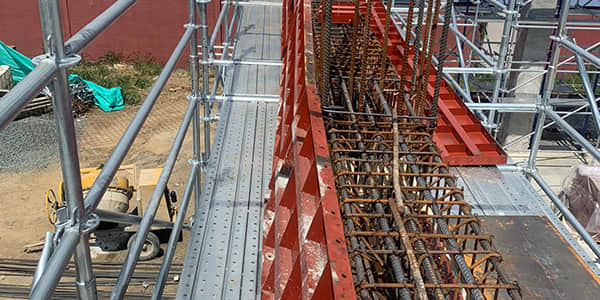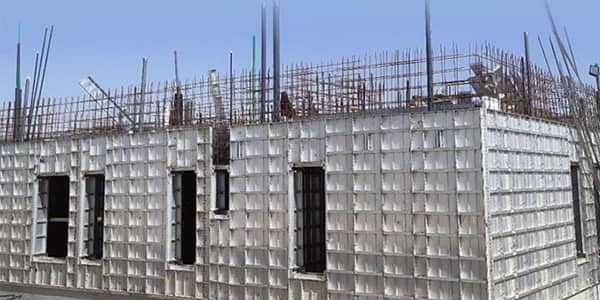Aluminum Vs. Steel Formwork a Comprehensive Guide
Jul 29, 2025The structure and finish of every building are derived from the formwork system - the temporary mold that concrete gets put into. A formwork system should be considered the first entire modular unit, which fundamentally affects the accuracy, detail, and quality of the final building. In modern construction, there are typically two systems that can be used: aluminum formwork and steel formwork. Each has its pros and cons to consider throughout the decision-making process of which system will best suit the contracting firm, developer, project managers, engineers, and construction crews concerns and needs. As this is a business decision, cost analysis and critical comparison of the systems throughout the processes lead to the decision process of which system will work best. The comparison information in this article will assist in your decision-making based on your project information, needs, and goals.

For many years, steel formwork has been a staple of many construction sites due to its strength & durability. Steel formwork is a product that comprises a number of heavy-duty molds and forms made with steel plates & sections that are designed for high value and withstand large concrete pressures and a substantial amount of reuse.
Characteristics: Steel formwork is heavy and strong, and generally has to be moved with equipment like cranes to put it in place and move the steel forms from the site back to warehouses to reuse. Steel formwork material is heavy, durable, and strong and is applicable to demanding use.

Aluminum formwork is a game-changer in construction technology and is extremely popular due to its efficiency and quality of results in construction, especially with residential and high-rise building construction.
Features: Aluminum formwork systems are usually manufactured from high-strength alloys of aluminum and are extremely lightweight while being strong enough. They are generally modular and standardized with good assembly time.
Although aluminum forms are resilient, if they are mishandled, they will dent. Dents may not affect the structural dimensions but may affect the finish of the concrete, etc.
Choosing between aluminum and steel formwork involves a careful assessment of several critical factors. The table below provides a concise comparison:
|
Feature / Factor |
Steel Formwork |
Aluminum Formwork |
|
Material Weight |
Heavy |
Lightweight |
|
Strength & Load |
Very High; ideal for heavy structures |
High; excellent strength-to-weight ratio |
|
Initial Cost |
Generally Lower (per unit) |
Generally Higher |
|
Erection/Dismantling |
Slower; often requires mechanical lifting |
Faster; often manual handling possible |
|
Labor Requirements |
More laborers; often more skilled labor; crane dependent |
Fewer laborers; less skilled labor; less crane dependent |
|
Surface Finish |
Good; may require more post-pour finishing |
Superior; often fair-faced concrete, less plastering |
|
Reusability |
Good (e.g., 50-100 pours, project-dependent) |
Very High (e.g., 250-300+ pours) |
|
Versatility |
High; excellent for custom, complex, curved shapes |
Moderate; best for repetitive, standardized structures |
|
Project Suitability |
Heavy civil, bridges, dams, highly custom projects |
High-rise residential/commercial, repetitive structures |
|
Maintenance |
Susceptible to rust; requires regular treatment |
Less prone to rust; requires careful handling to prevent dents |
|
Environmental Impact |
Less recyclable; heavier carbon footprint from transport |
Highly recyclable; lighter footprint from transport |
|
Project Timeline |
Longer cycles, slower project completion |
Shorter cycles, faster project completion |
There is no universally "better" formwork system; the optimal choice is always project-specific.
The decision between aluminum formwork and steel formwork is a strategic one that directly impacts a project's cost, timeline, quality, and efficiency. As construction professionals, carefully evaluating the scale, complexity, budget, desired finish, and timeline of your specific project is crucial. By conducting a thorough cost-benefit analysis and understanding the distinct advantages of each system, you can make an informed choice that maximizes efficiency, enhances quality, and ultimately contributes to the profitability and success of your construction endeavors.
What labor is needed?
What about the concrete finish?
Aluminum —— Wikipedia
Aluminum Formwork —— YouTube